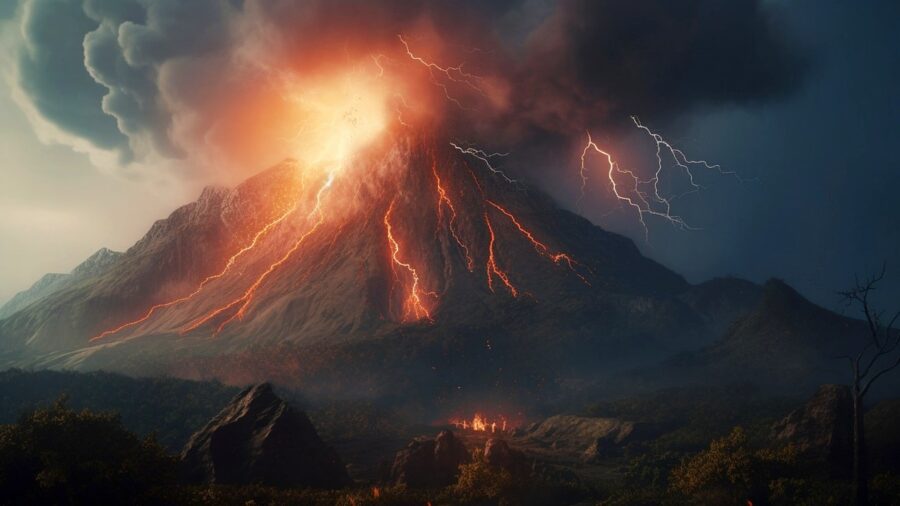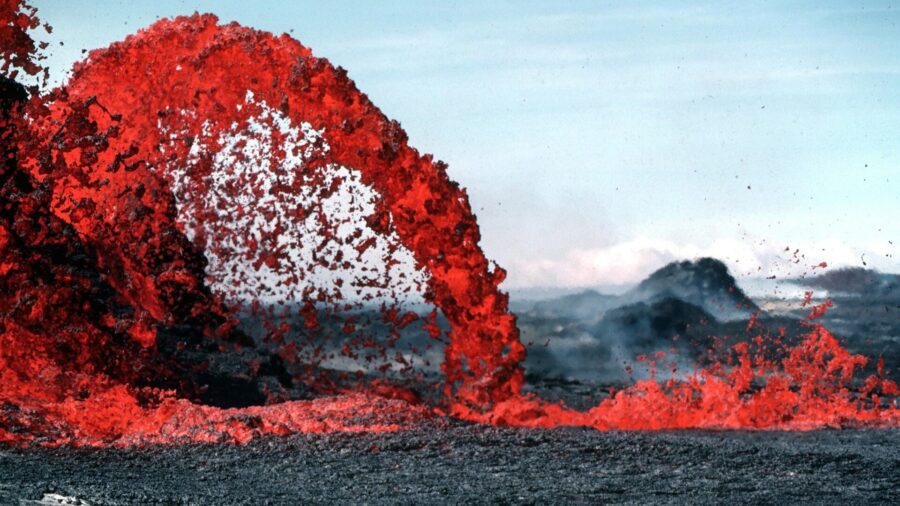Scientists Discover How Pompeii Victims Died And It Wasn’t From The Volcanic Heat

A recent story at Gizmodo states that researchers from the University of Valencia have used x-ray fluorescence technology to analyze the bones of some of the victims of Pompeii, coming back around to the original conclusion of their deaths, asphyxiation.
When the people of Pompeii died, their bodies were encapsulated by the superheated ash that fell, cooled, and then hardened. Once the bodies decomposed, pockets of air were left in the ground where the remaining bone structures we preserved intact.
Scientists have finally determined it was indeed asphyxiation – the original explanation for the deaths – that killed the people of Pompeii after Vesuvius erupted.
In the late 19th century, Italian archaeologist Giuseppe Fiorelli decided that pouring plaster into the voids would aid in the preservation and discovery of the people of Pompeii. The casts show surprising details of the volcano’s victims, displaying their faces, and teeth, and some casts were even able to preserve folds in the people’s clothing.
Scientists have worked for ages to figure out how the people of Pompeii actually met their fate when Vesuvius erupted nearly 2,000 years ago. The first general conclusion was that the people who passed in the eruption met their fate from suffocation on the gas/ash clouds that enveloped the city soon after the eruption began.
Over time, the theory has shifted from asphyxiation to instant death from the pyroclastic cloud, but a new method of analyzing the casts of the bodies of Pompeii has led scientists full circle.
By taking a closer look at the position of the bones of the bodies and the chemical makeup of the remains collected from the site, scientists have concluded that it’s much more likely that there were two different deadly events after the eruption.
After the initial eruption, superheated debris made of ash and pumice rained down from the sky, burying the city of Pompeii. Many people would have died in the initial blanketing, but there were some who survived the first wave of destruction.
Over time, the theory has shifted from asphyxiation to instant death from the pyroclastic cloud, but a new method of analyzing the casts of the bodies of Pompeii has led scientists full circle.
Those people made an attempt to flee the city. Scientists believe the ash/gas cloud settling on the site wouldn’t have been too hot for their bodies to handle, but the air would have been too contaminated to breathe.
The people who survived long enough to try and escape the catastrophe didn’t have sufficient air to keep them alive for long, and they suffocated, trying to make their way out of the city. Many of the casts of Pompeii show the victims lying down rather than in a “pugilistic pose,” which is often a result of being subjected to extreme heat.

Scientists hope to gather more information in the future using various non-invasive probing tools like the X-ray fluorescence (pXRF) method most recently utilized for research. For now, many in the scientific community have turned their focus to a more imminent threat.
Scientists have worked for ages to figure out how the people of Pompeii actually met their fate when Vesuvius erupted nearly 2,000 years ago.
Mount Vesuvius had its last eruption in 1944, and it is due for a large, catastrophic eruption any day now. The concern for life is also much greater now, as more than a million people currently live in the volcano’s path of destruction.
Though scientists are always watching the beastly volcano, the people who live in the area should never stop working on ways to escape the city should the volcano’s fury awaken once again.











